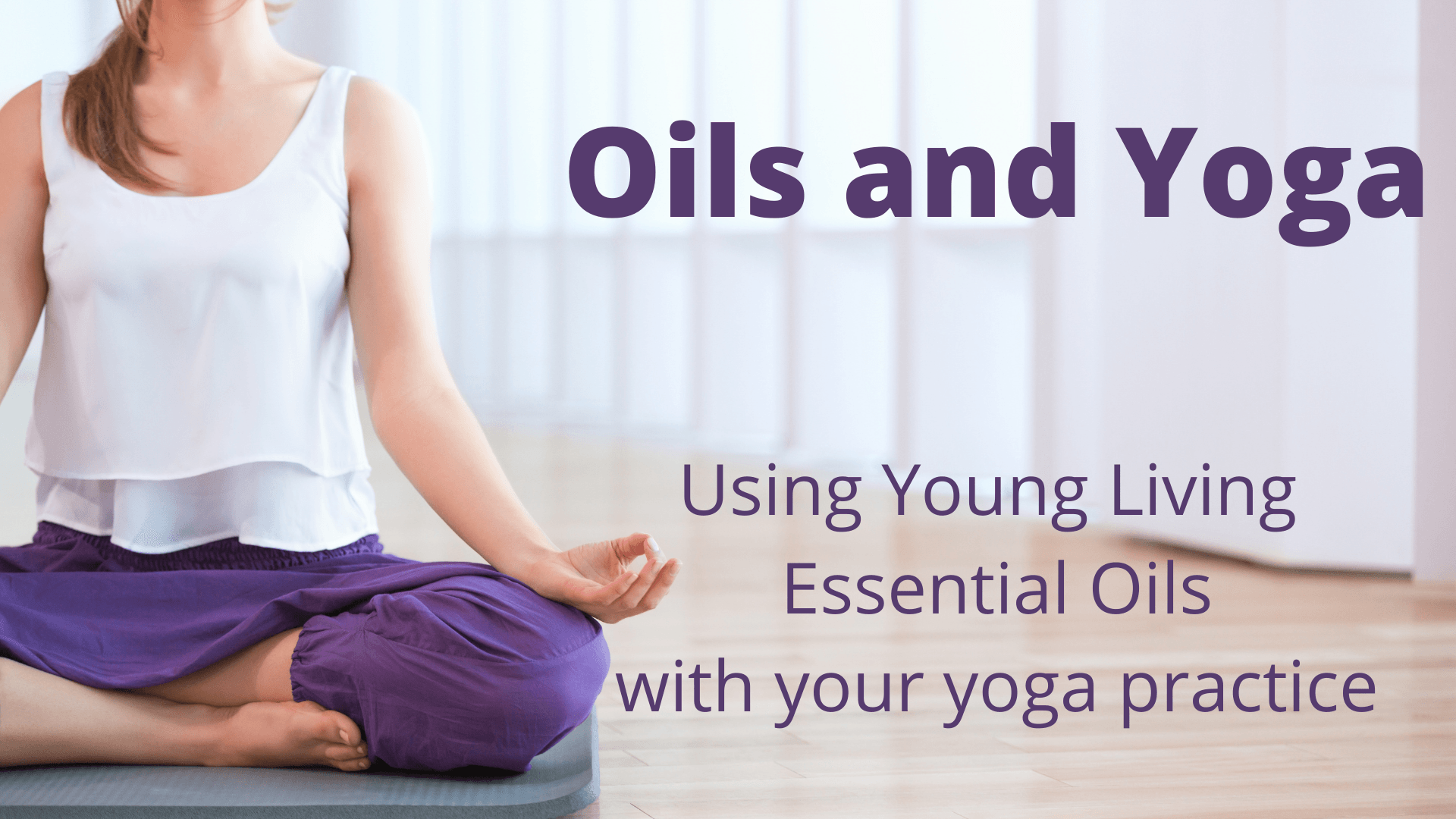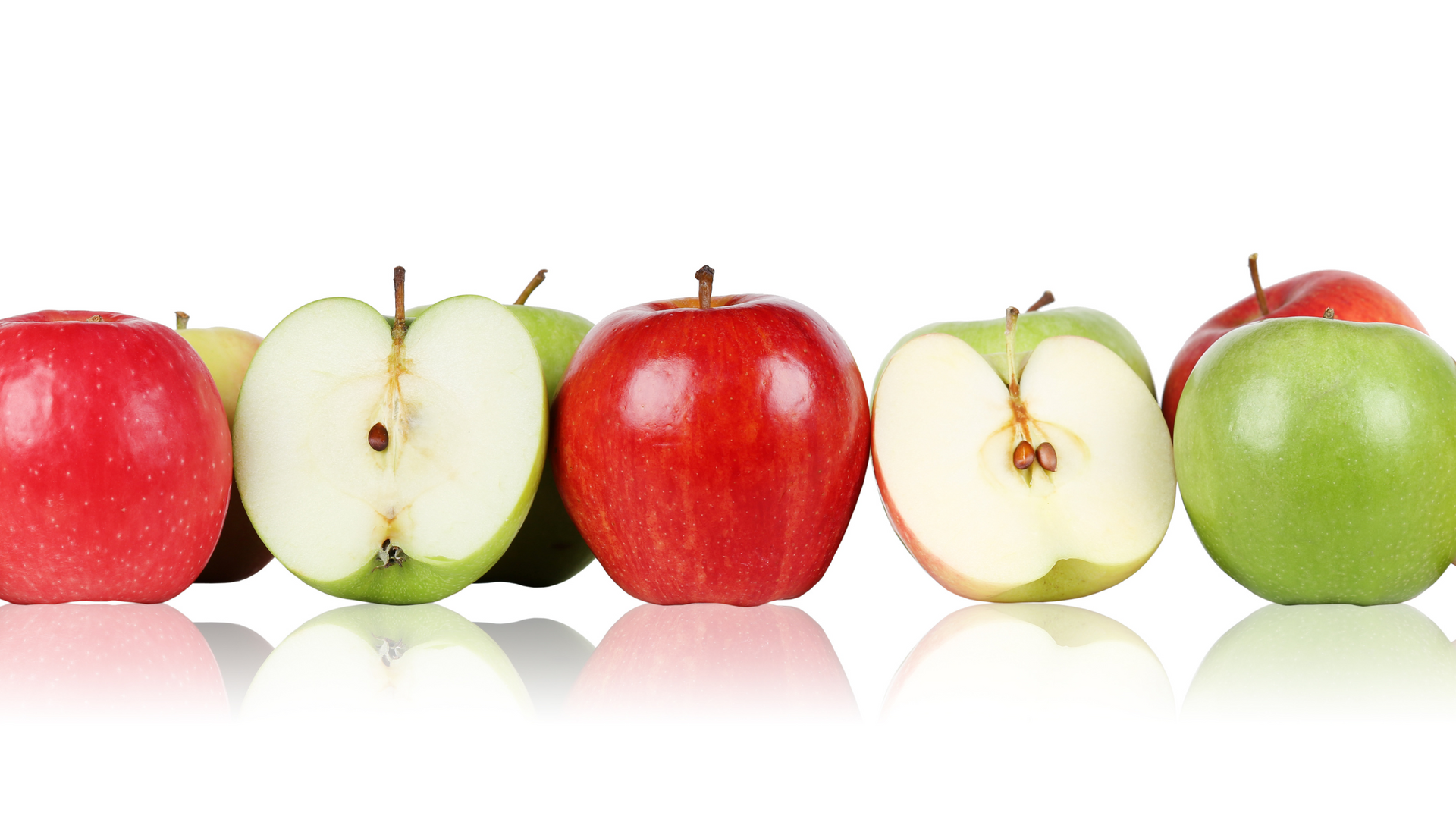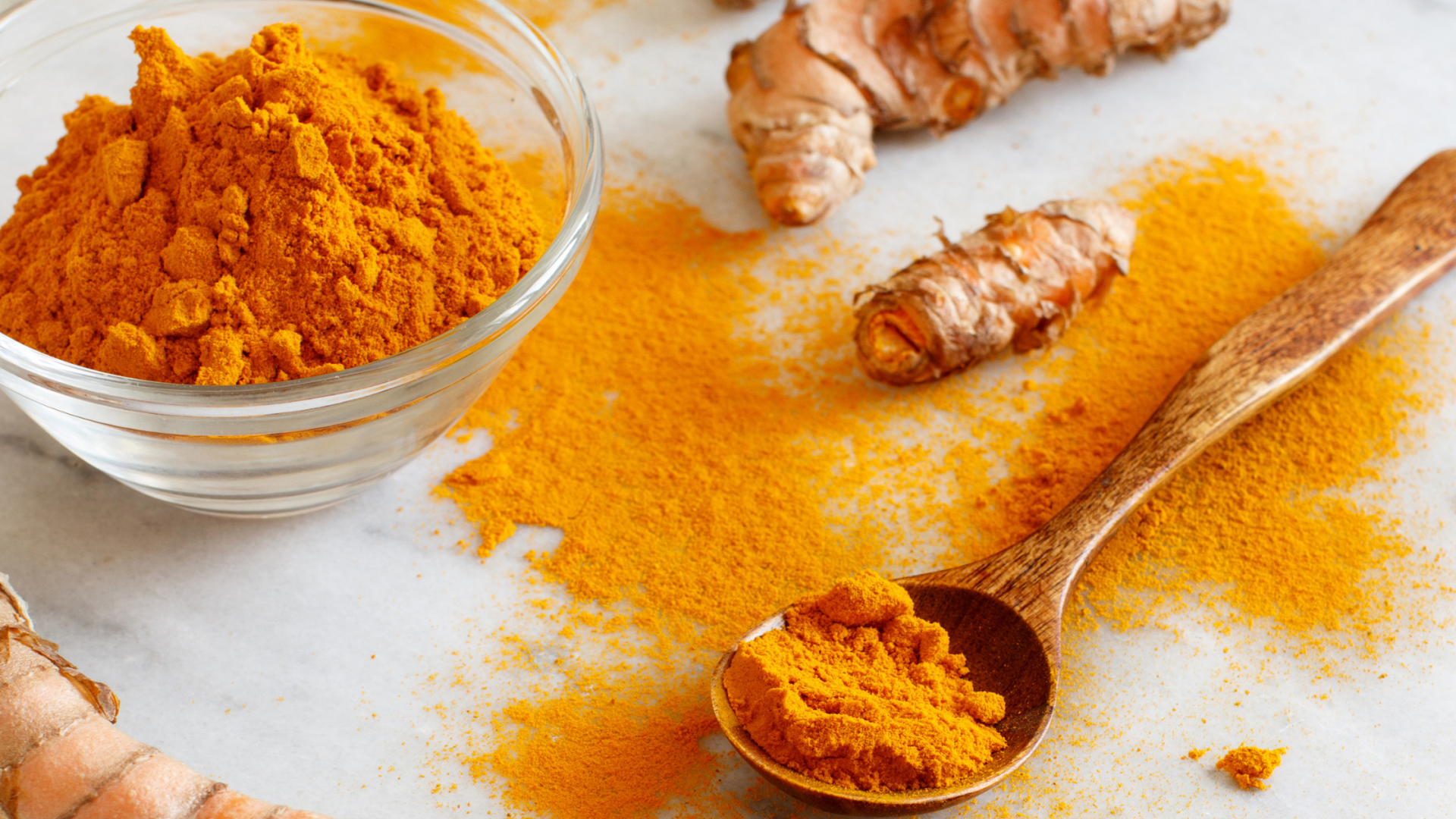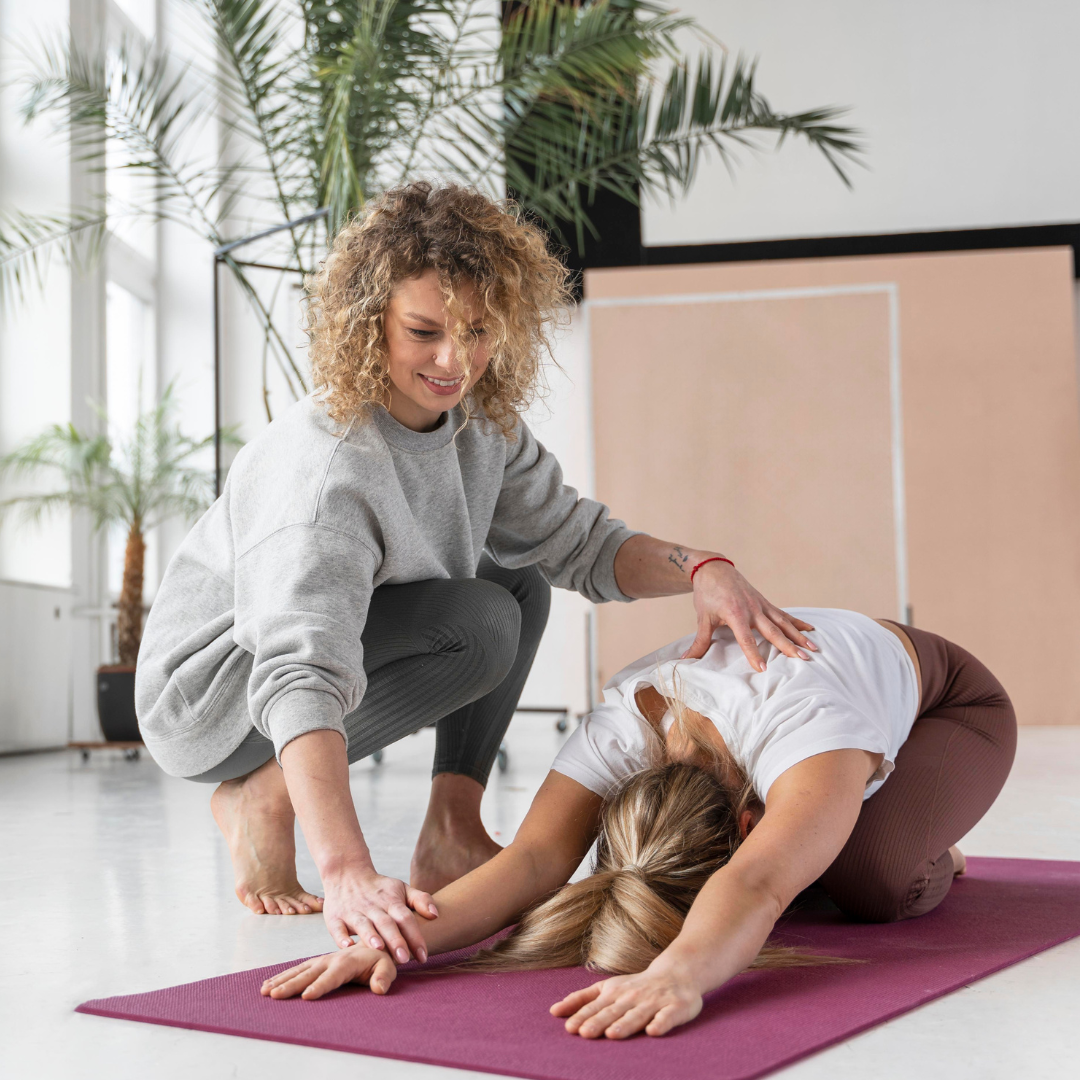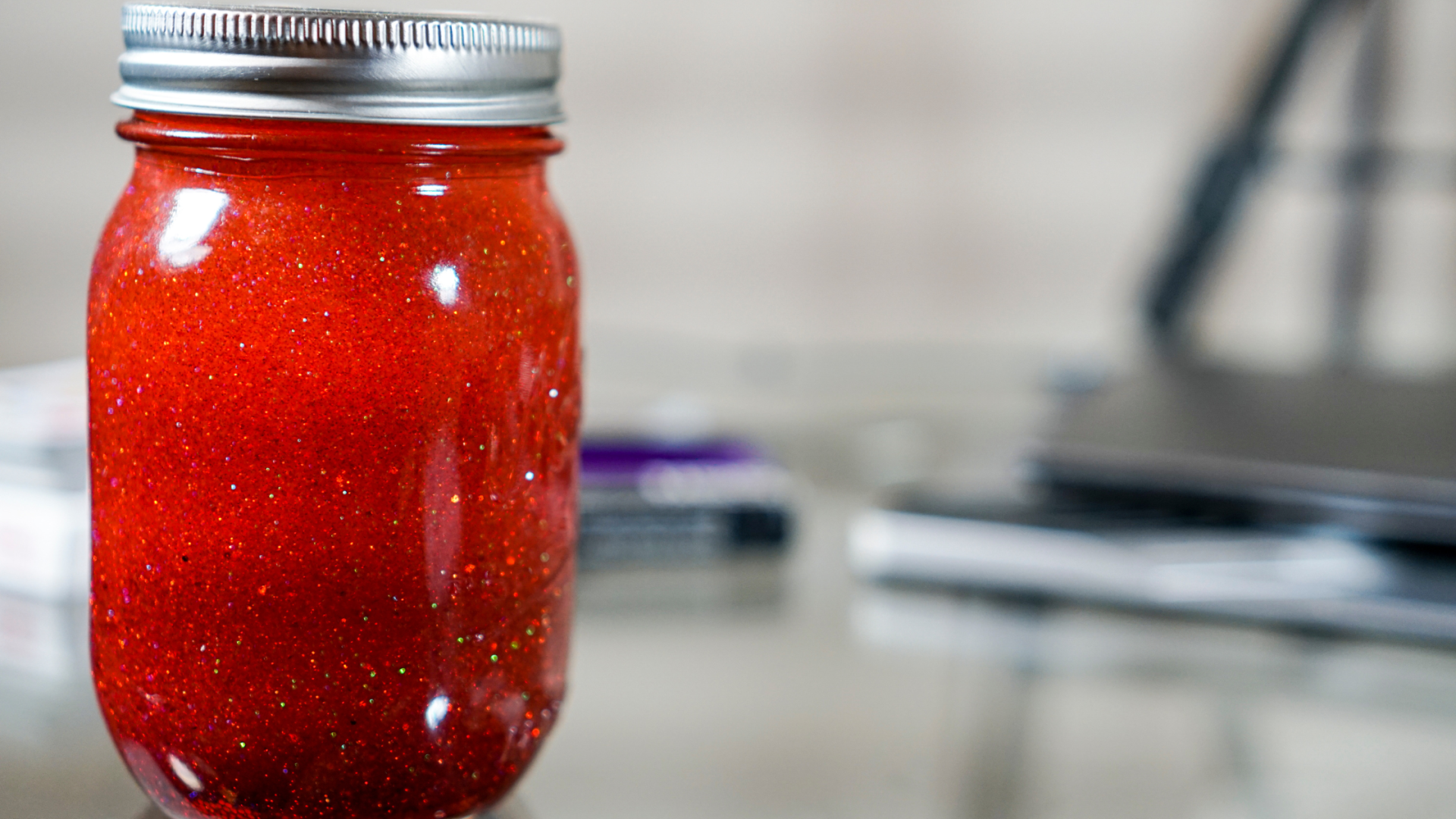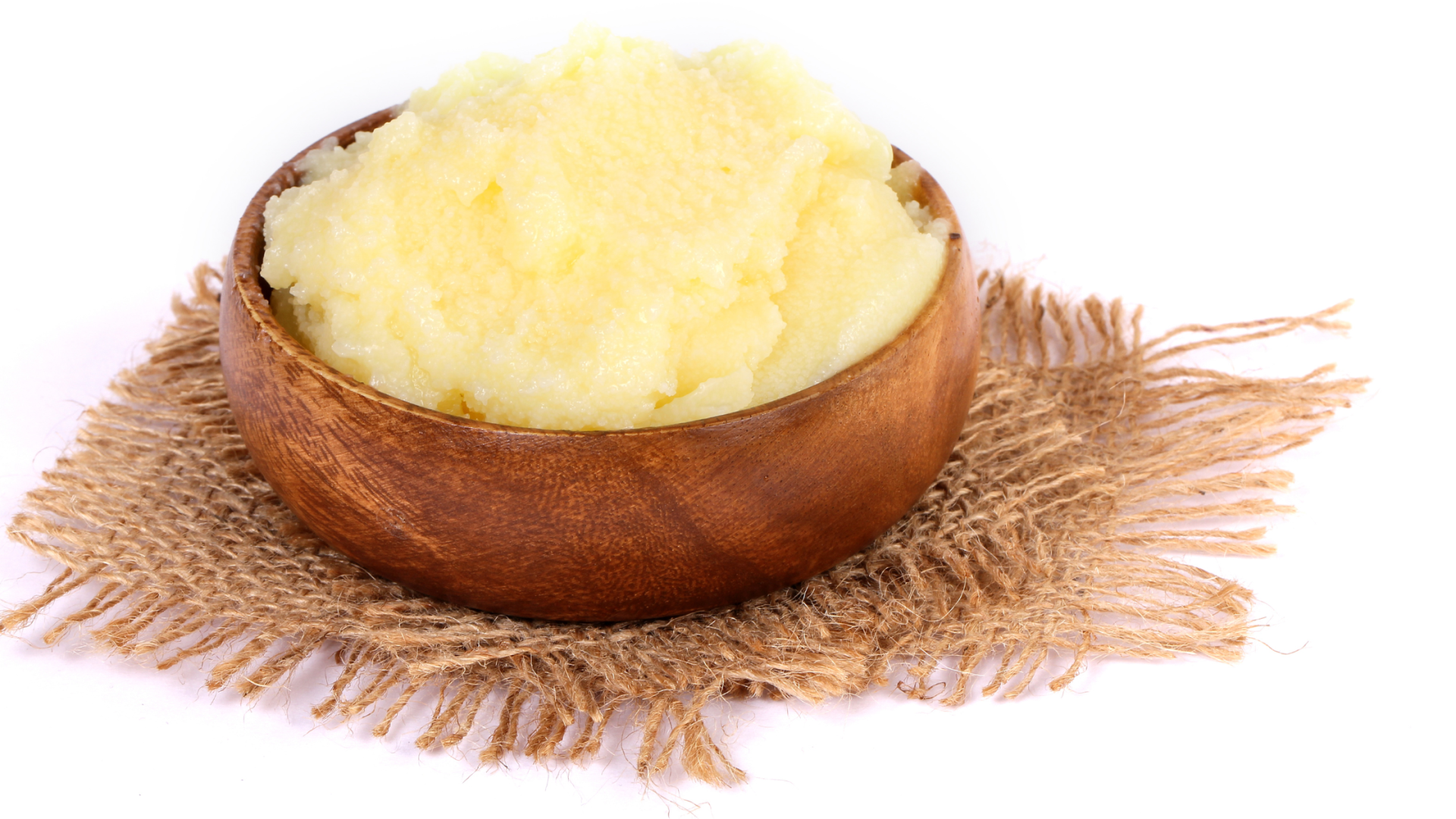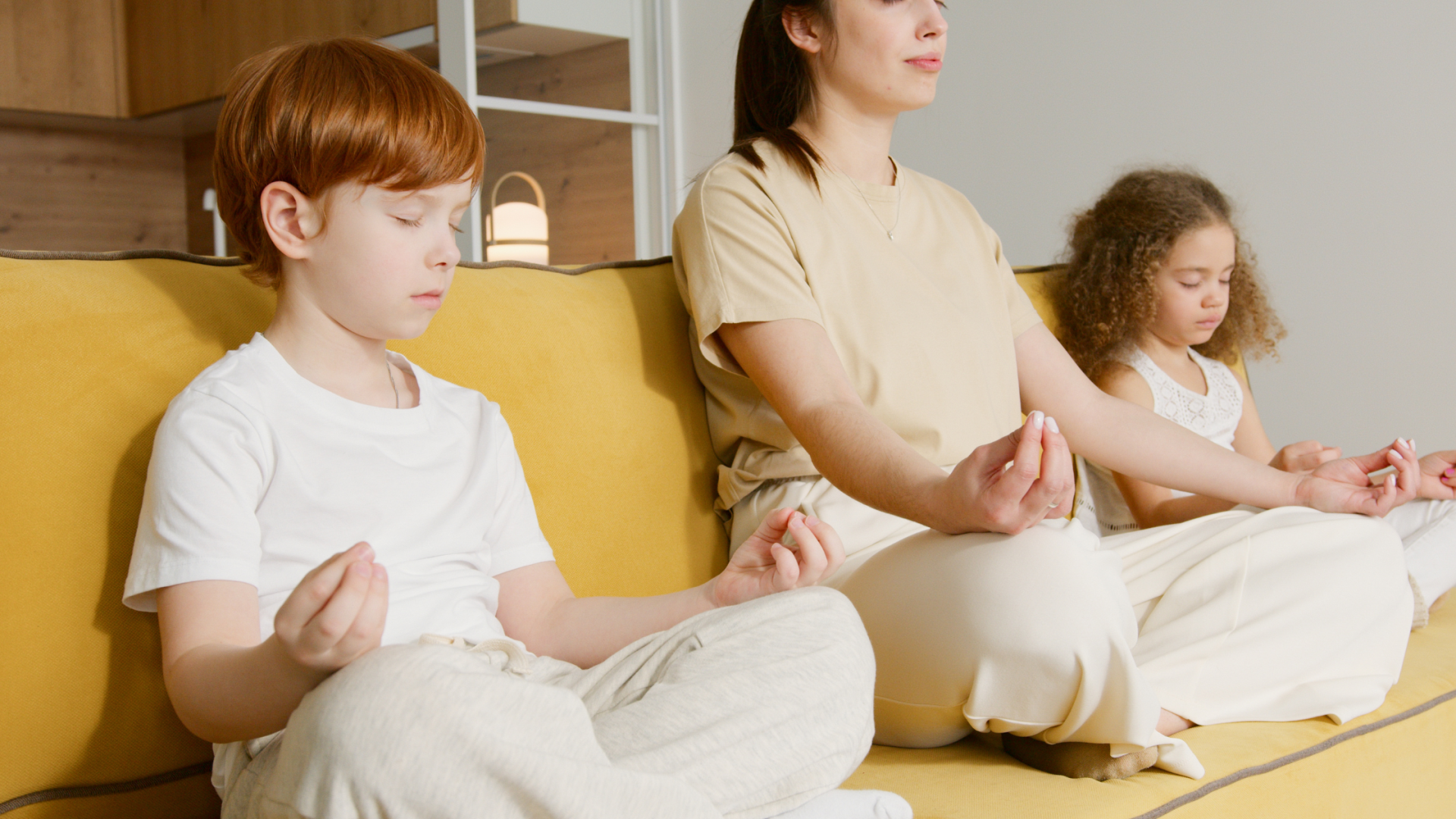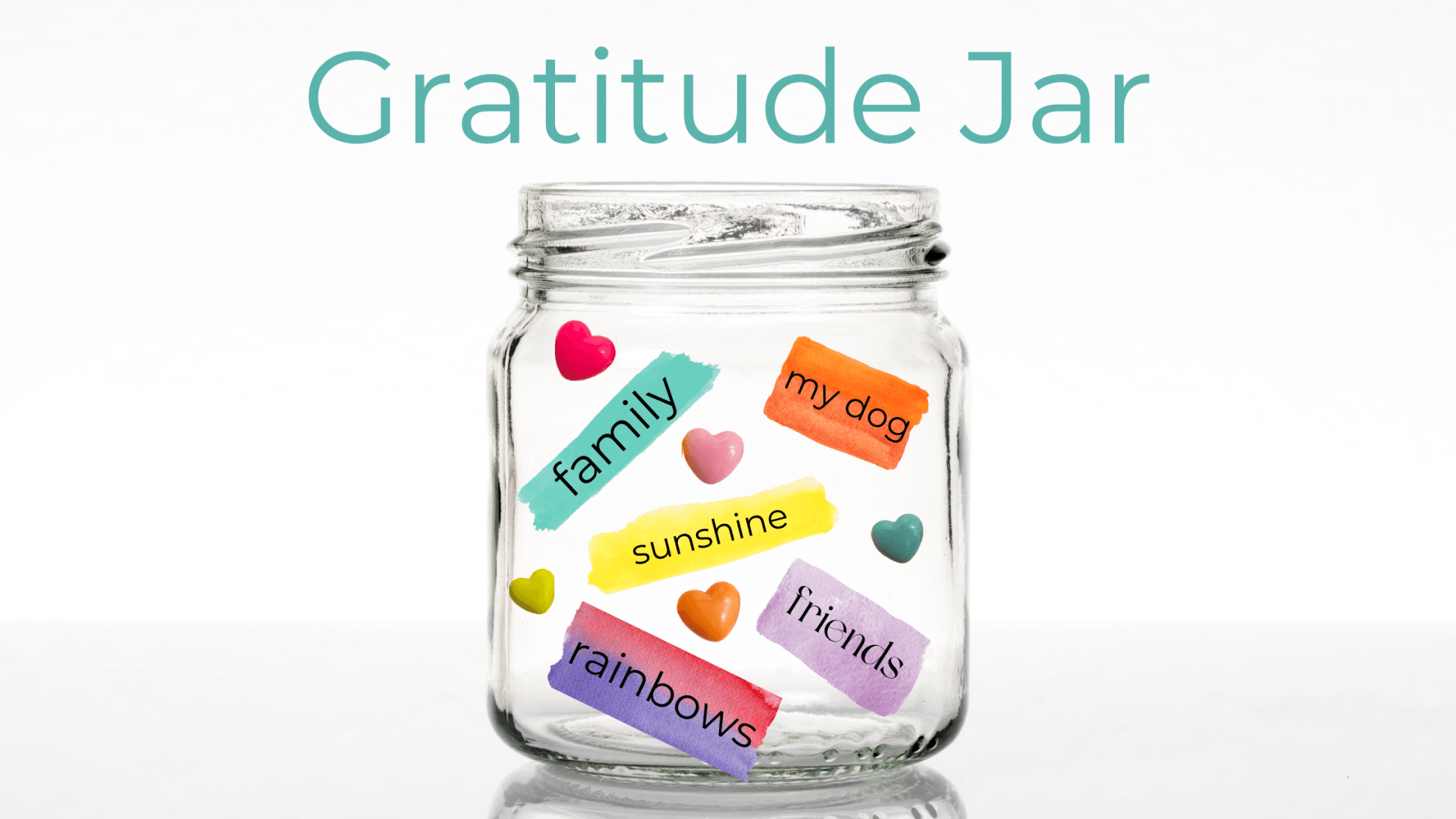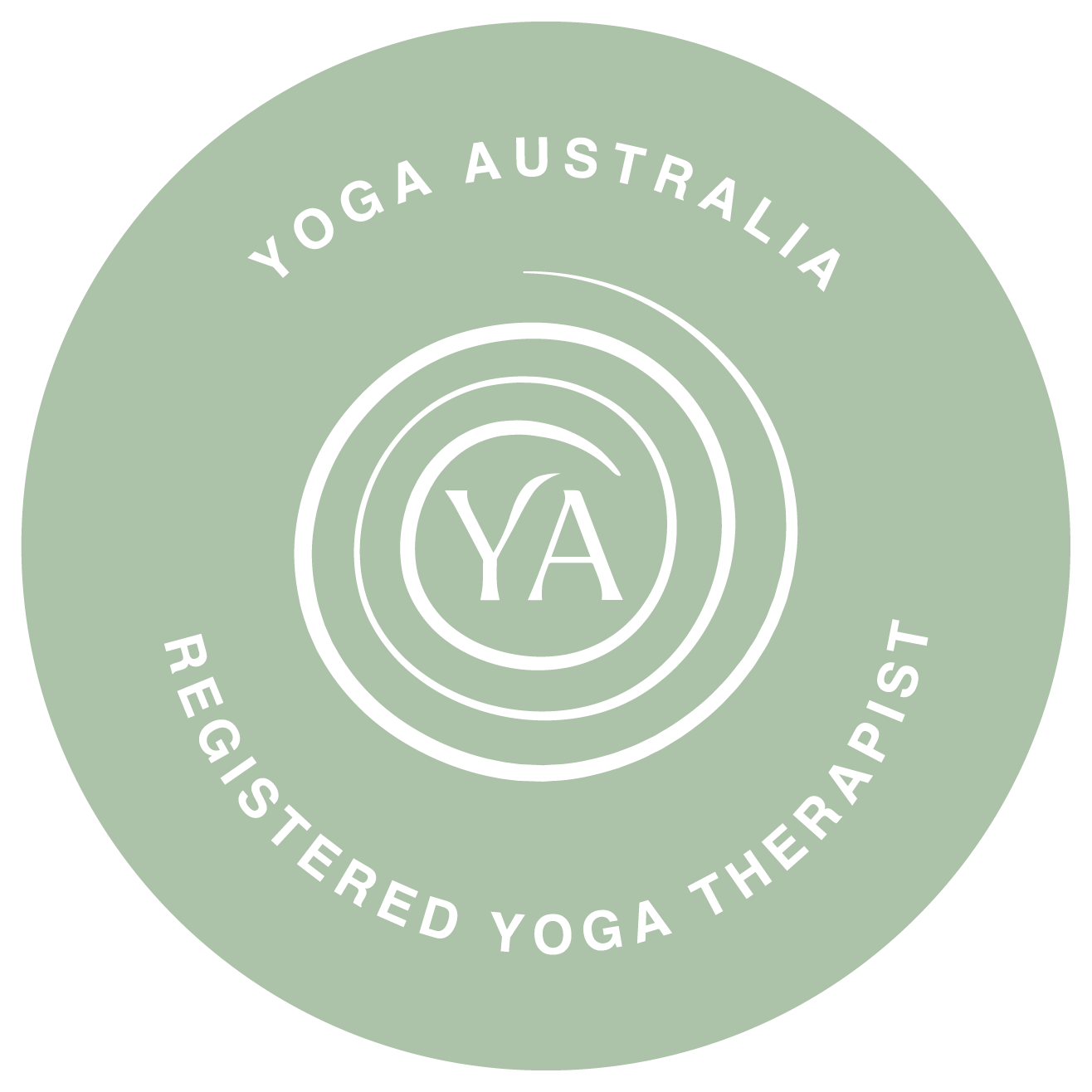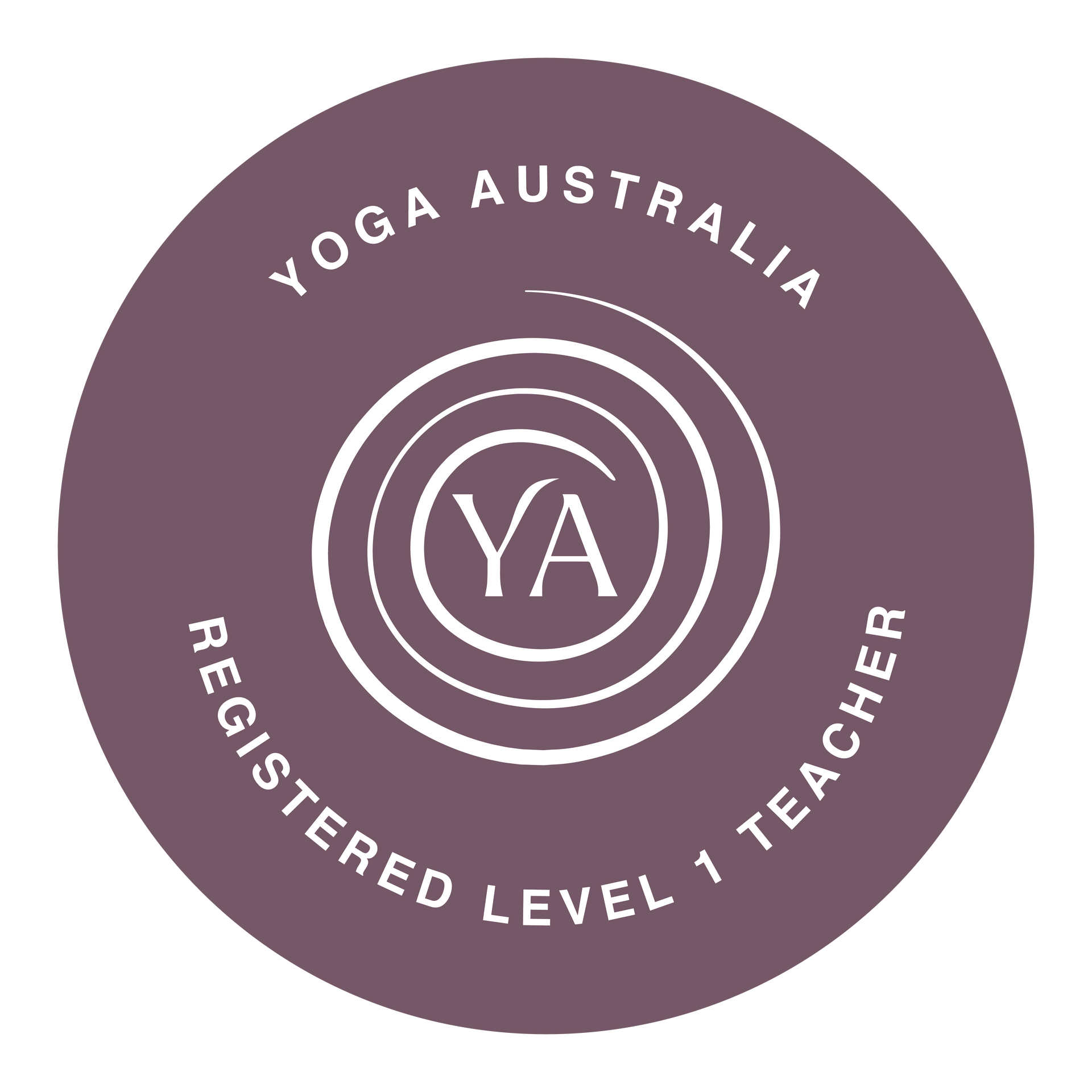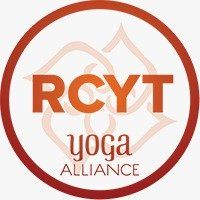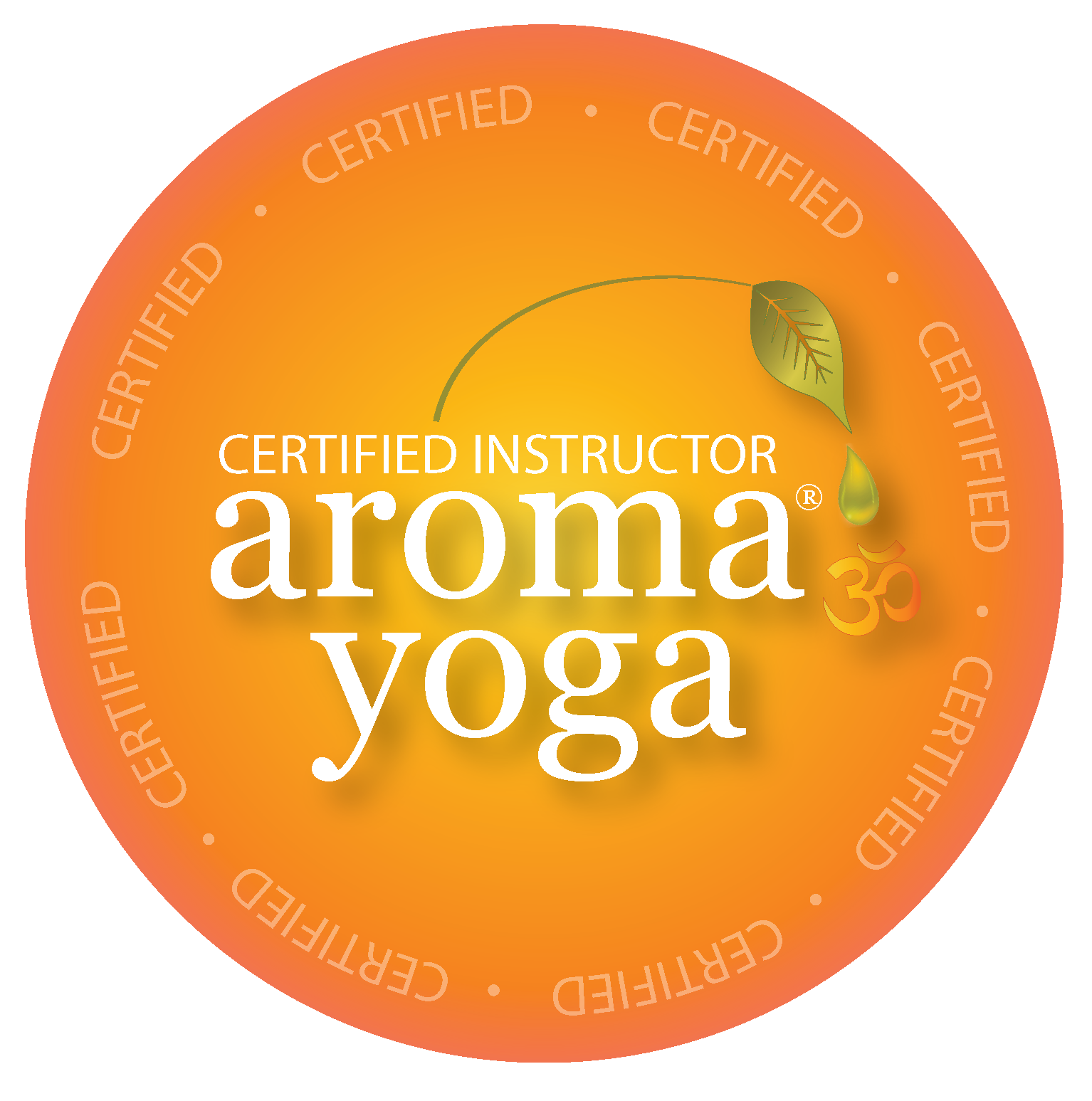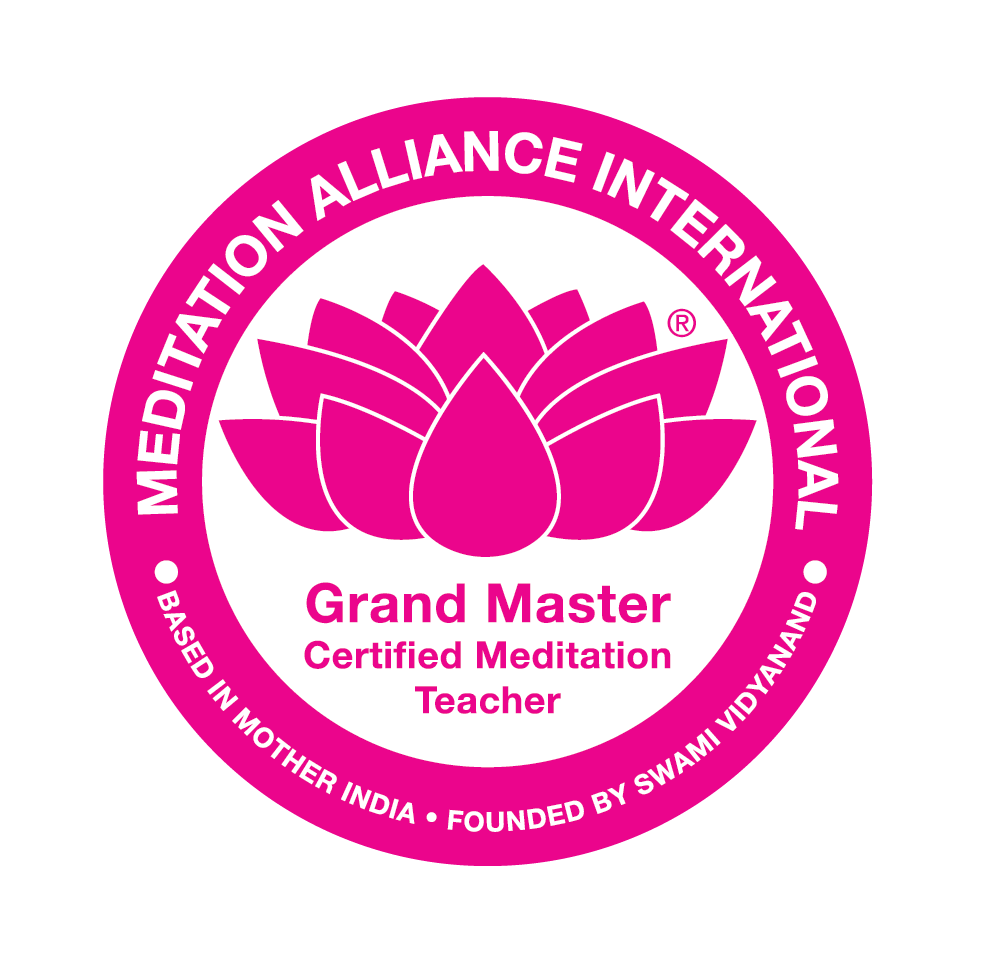Yoga and Essential oils
Whether you’re a yoga pro, or new to the practice, I hope to offer you some valuable information here to help your yoga flow even better. Please note that I only use and recommend Young Living Essential Oils as a result of my training in Aroma Yoga and my studies I am currently completing as a Master Aromatherapist.
I’m going to focus mainly on single oils and blends that can be used in our everyday yoga class or practice. I won’t be focusing on mindfulness, meditation or breathing practices, as I will cover these in other posts.
What are essential oils?
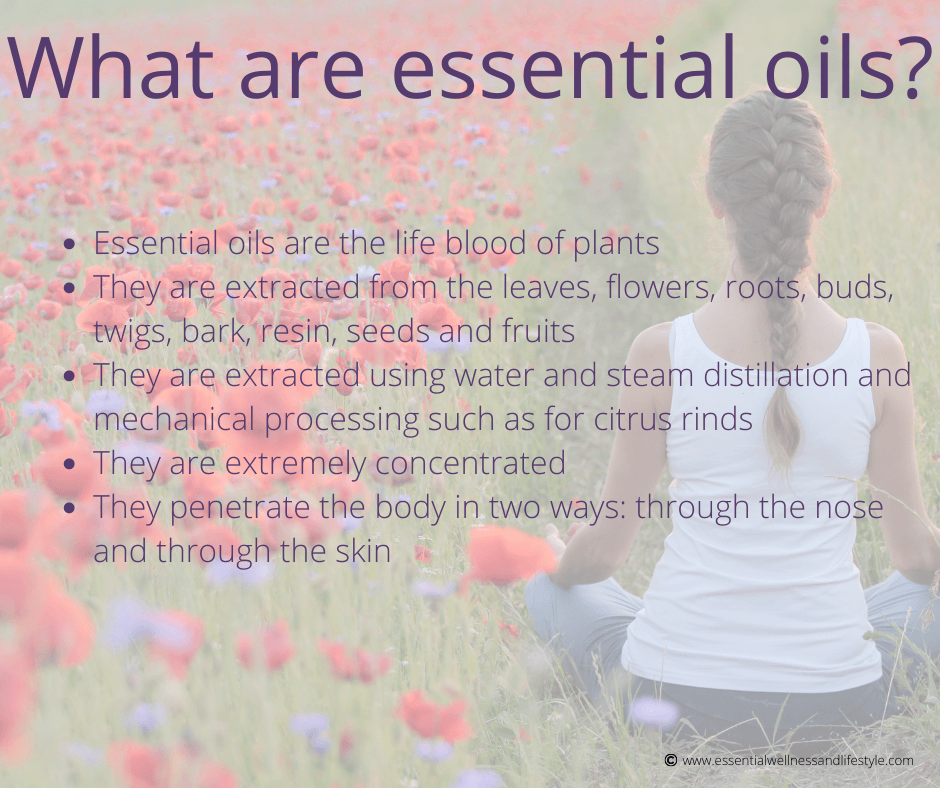
Some of you may be experienced with essential oils, but others may be very new to them, so I’ll just take a moment to discuss essential oils.
Essential oils are the life blood of plants. They are the chemical components that makes each plant unique. It is what supports and keeps plants healthy and thriving. A plant produces essential oil for its own survival - to influence growth and production, to attract pollinating insects, and to repel predators.
Essential oils are odoriferous, volatile liquid components of aromatic plants. In their natural state they contain a number of complex bio-chemicals including vitamins, antibacterial and antiseptics.
Essential oils are extracted from different parts of the pant depending on each plant. The oils may be distilled or extracted from the leaves, flowers, roots, buds, twigs, rhizomes, heartwood, bark, resin, seeds and fruits.
The most common methods of extraction are water and steam distillation, and mechanical processing as is done with the cold pressing of citrus rinds.
Essential oils are highly concentrated e.g one drop of peppermint oil is equivalent to approximately 26 cups of peppermint tea. It takes approximately 75 lemons to make one 15 ml bottle of lemon essential oil.
Essential oils penetrate the body in two ways: through the nose and the skin.
Ways to use oils

Before we dive into specifics, let’s talk about usage and safety. There are three main models of aromatherapy and the ways to use and administer essential oils. French, British and German.
- French Model: The French model emerged in the early 1900s when French chemists and physicians began experimenting with and investigating the therapeutic value of essential oils. This model advocates the neat—without diluting in carrier oil—topical application and oral administration of essential oils.
A deep understanding of pharmacology, toxicology, and physiology is used to determine the therapeutic application of essential oils.
- British Model: The therapeutic application of essential oils was introduced to England during the 1950s by Marguerite Maury, who encouraged the heavy dilution of essential oils before applying them to the body and discouraged oral administration because she was not a medical doctor.
The British model uses small amounts of essential oils mixed in abundant amounts of carrier oil before topical administration as part of an aromatherapy massage. One of the key contributions of this model to essential oil therapy is a greater knowledge of the safety of essential oils, and possible drug interactions and health contraindications.
- German Model: The German Model mainly consists of using essential oils for inhalation purposes. However, Germans greatly advanced the knowledge of distillation procedures during the sixteenth century.
Studies suggest that even this simple model largely relying on the inhalation of essential oils can have profound psycho-physiological effects.
Therefore, the three common ways to use essential oils are:
Aromatically - you can inhale directly from the bottle, use a diffuser, a spray bottle or place on clothing or cotton balls. When using a diffuser, put 6-8 drops of an oil or combination of oils in your diffuser. The diffuser will send the oil into the air and fill the room with your essential oils.
Topically - you can rub the oils directly onto wrists, neck feet, or spine; you can combine with a carrier oil to dilute, or make a blend in a roller bottle and apply
Internally - again this is very controversial according to which method of aromatherapy you have been trained in. Not all oils are created equal so I would never ingest any oil other than Young Living oils. Young Living oils are pure and because of their purity, some people like to ingest their oils to avoid “smelling’ like an oil, or to support their body from the inside out.
The Young Living Culinary Range can be added to water or tea; added to veggie capsules with carrier oils, applied under the tongue or added to your cooking. Peppermint in Chocolate Brownies, Lime in Guacamole, Oregano, Basil and Thyme in Bolognese Sauce are just a few suggestions. If you’d like to know more about adding oils to your cooking just send me a message.
There is no right or wrong way. Choose one and try it out! Try each option to see which ones you prefer.
Seed to Seal:
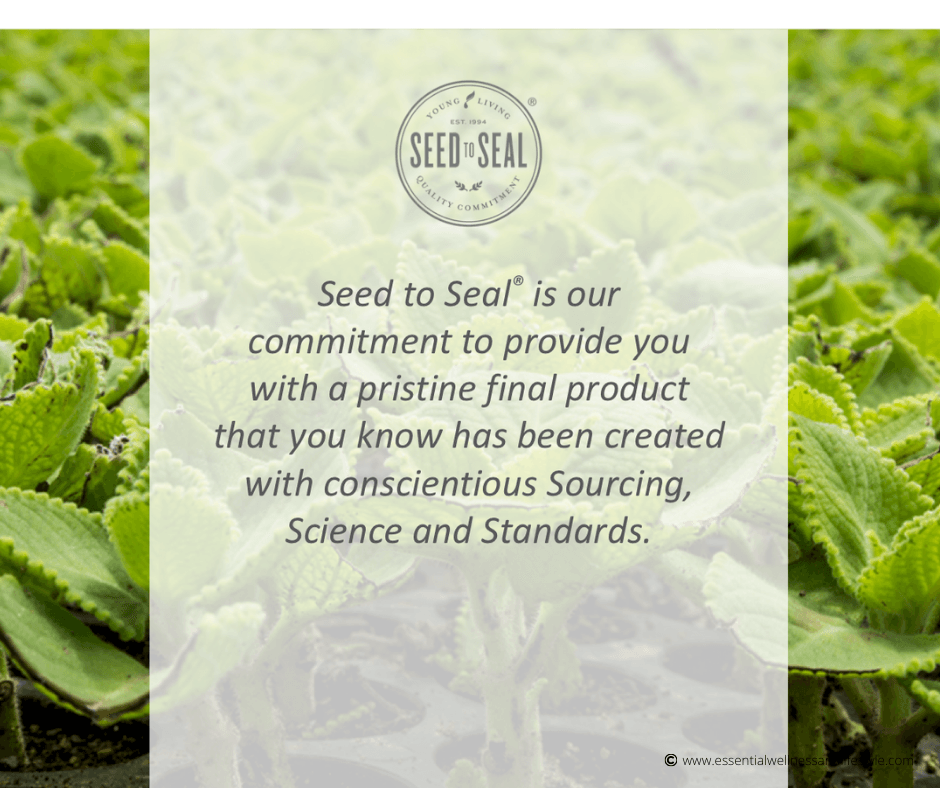
Not all essential oils are created equally. When you shop with Young Living you are getting quality products backed by a ‘Seed to Seal’ guarantee that you won’t find anywhere else.
You can expect that Young Living will provide you with only the BEST!
- Plant material that is grown on corporately-owned farms or carefully vetted partner farms (that you CAN visit!)
- Sustainable farming and sourcing practices, providing the purest oil
- Great care is taken to preserve and protect natural resources
- Hand-weeded fields and ZERO use of pesticides
- Oils that retain all their natural constituents and therapeutic properties
- Use of food-grade distillers with state-of-the-art design and distillation methods
- Low pressure and low-temperature distillation, without the use of solvents or synthetic chemicals
- Rigorous testing on each batch by internal labs and third-party facilities
- Oils that are carefully reviewed through every step of production in order to meet or exceed industry safety and purity standards (beyond organic!)
And the best part… if the oils do not meet these high standards they are rejected and will not be bottled as a Young Living product. YL would rather have something go out of stock than let an inferior product slip through to us. It's rare to find a company with such high standards. Now that’s amazing!! For more info, go to www.seedtoseal.com/en
Why Use Essential Oils with Yoga?
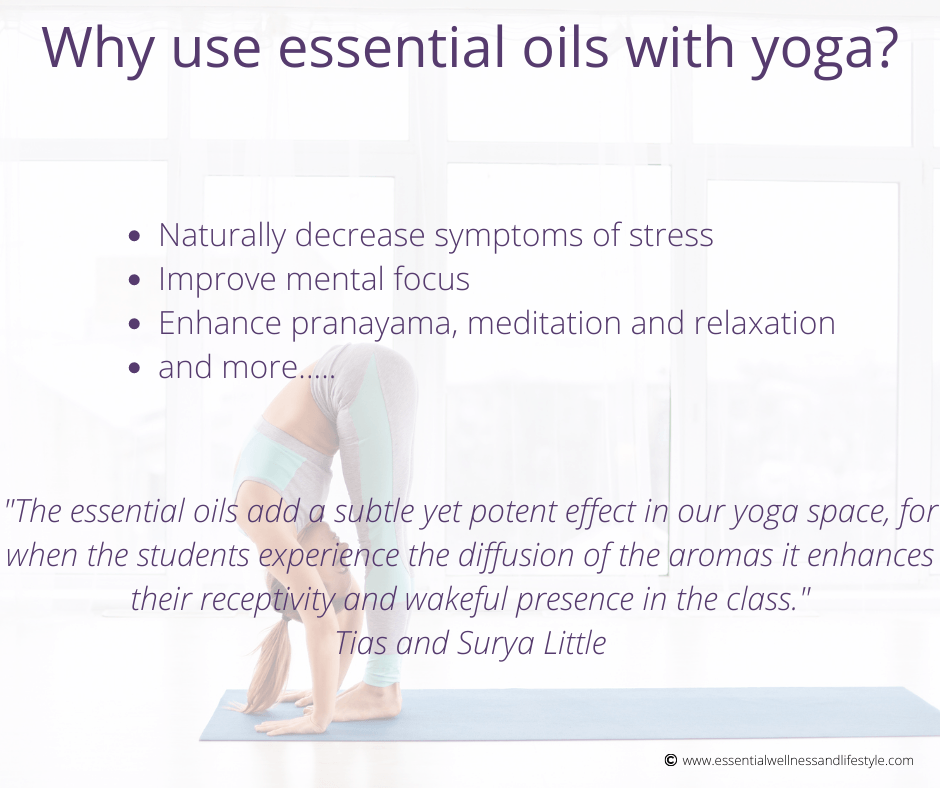
Both yoga and therapeutic grade essential oils have been known to naturally decrease symptoms of stress by toning the glands of the endocrine system. Essential oils can help improve mental focus. With the various methods of application to choose from, they enhance pranayama, meditation and relaxation. Yoga and essential oils can also help cleanse and purify the body, as well as activate the chakra system, or energy centres.
Teachers of Aroma Yoga generally notice that when students incorporate inhalation and topical application of essential oils during their practice, they often appear to be more alert, receptive, connected, grounded, uplifted and present.
For me yoga and oils have changed my life. I have a chronic pain condition as well as a number of other health issues, and Western Medicine has been unable to improve my health. For the past 10 years I have been practicing yoga and meditation, and when I am practicing regularly, the difference in my pain levels and my movement is amazing. Adding essential oils to my practice has truly enhanced it in so many ways. It helps me to calm my nervous system, helps me focus, grounds me, I find meditating is easier and I can choose oils to help whatever I would like to bring to my practice or whatever my body is needing at the time. They have really brought a whole new experience to my yoga.
Safety Precautions
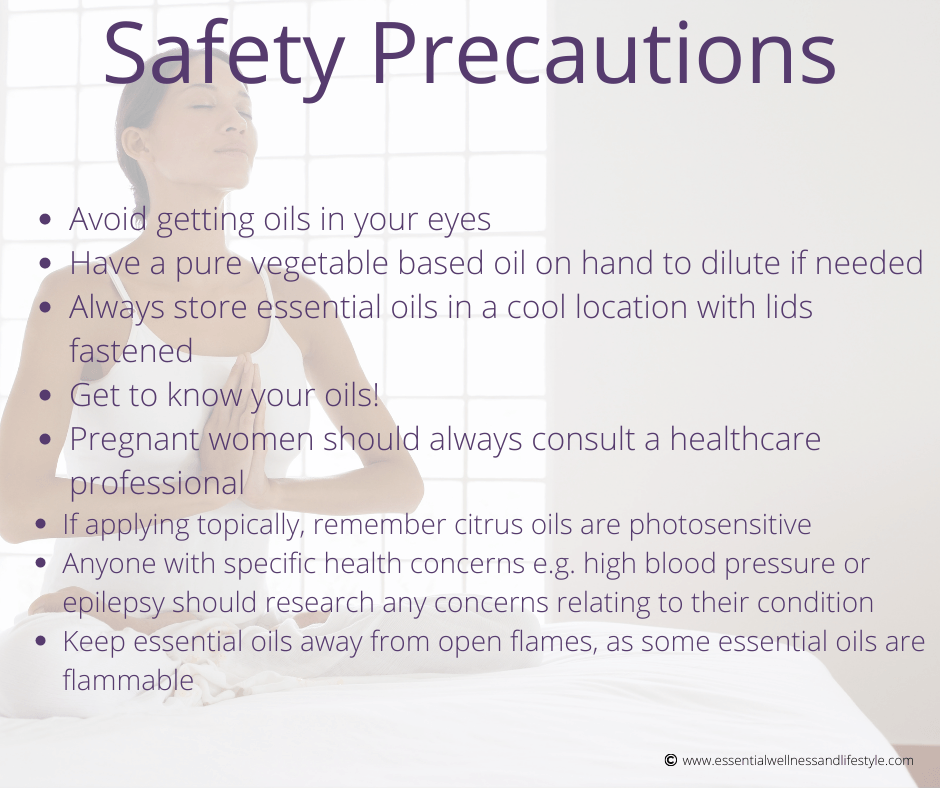
As we have learnt, essential oils are very strong and potent and therefore there are some safety precautions to be aware of when using during your yoga practice.
- avoid getting the oils in your eyes. If you apply the oils to the palms of your hands, be mindful not to touch your eyes
- always have a pure, vegetable based oil on hand in case any oil gets in your eyes or is too hot for your skin. Simply apply the oil, such as olive oil or V6, which is a Young Living blend of 6 vegetable oils, directly to the area needed to dilute the effects of the oil. Never apply water to dilute, remember oil and water don’t mix, so applying water will do both to help.
- make sure you always store your oils in a cool place, and that you have placed your lid back on tightly, Essential oils are very volatile, which means they will evaporate. Don’t be surprised if you have left your lid off a bottle to come back and find it has evaporated! So frustrating and annoying. It’s actually one of those mistakes you only make once!
- get to know your oils - it’s important to familiarise yourself with certain contraindications when using essential oils. e.g some oils are photosensitive, meaning they may cause a rash or dark pigmentation on skin when exposed to direct sunlight within 2-4 days after applying to your skin. Most citrus oils fall into this category. It is important to have a basic understanding of essential oils if you are pregnant or have other health issues such as epilepsy or high blood pressure. It is important to do your own research
Get Energised!:
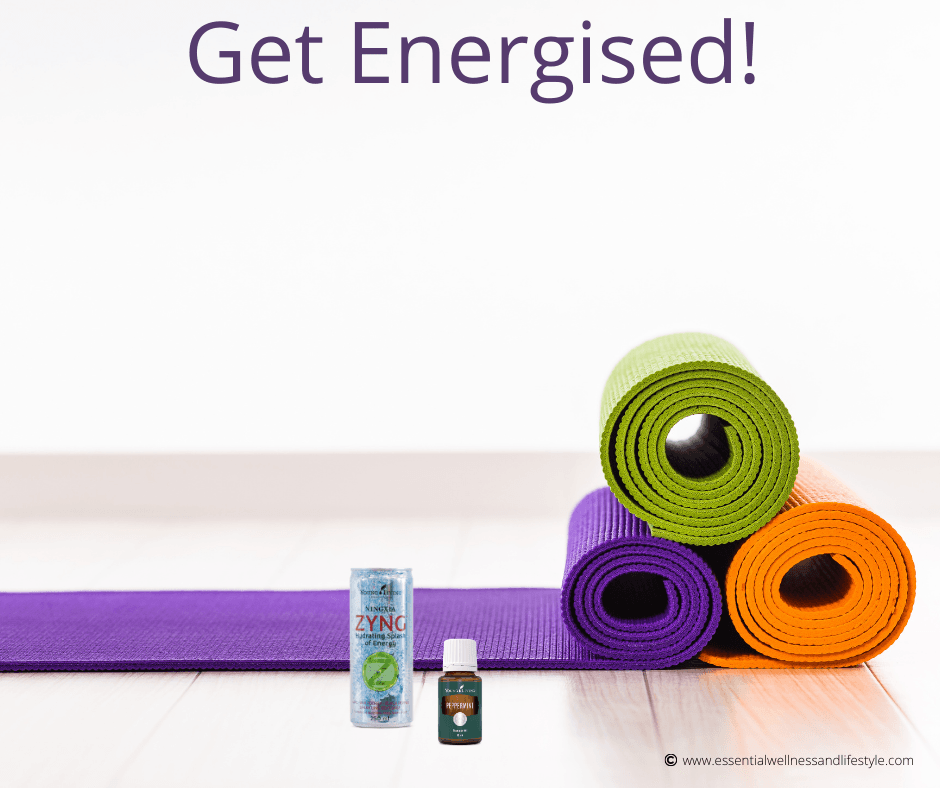
Getting to your mat takes a little energy! Grab a bottle of Peppermint Essential Oil from our Culinary Range and drop a bit onto your tongue. If it is too hot for you to put it directly into your mouth, place a drop into your palm and swipe a pinky through it. Rub onto the roof of your mouth. Many enjoy adding a drop of Peppermint to their water bottle too!
Another alternative is to simply place a drop of Peppermint oil into your palm, rub your palms together and breathe in the goodness. You will be ready to go in an instant!
Grab a Zyng to get some pep in your step. Zyng is natural product and tastes great! It’s a carbonated beverage with Wolfberry puree, making it high in antioxidants. It also contains pear and blackberry juices, and a hint of Lime and Black Pepper essential oil, all of which gives it a very light and fresh taste.
DIY Mat Spray Cleaner
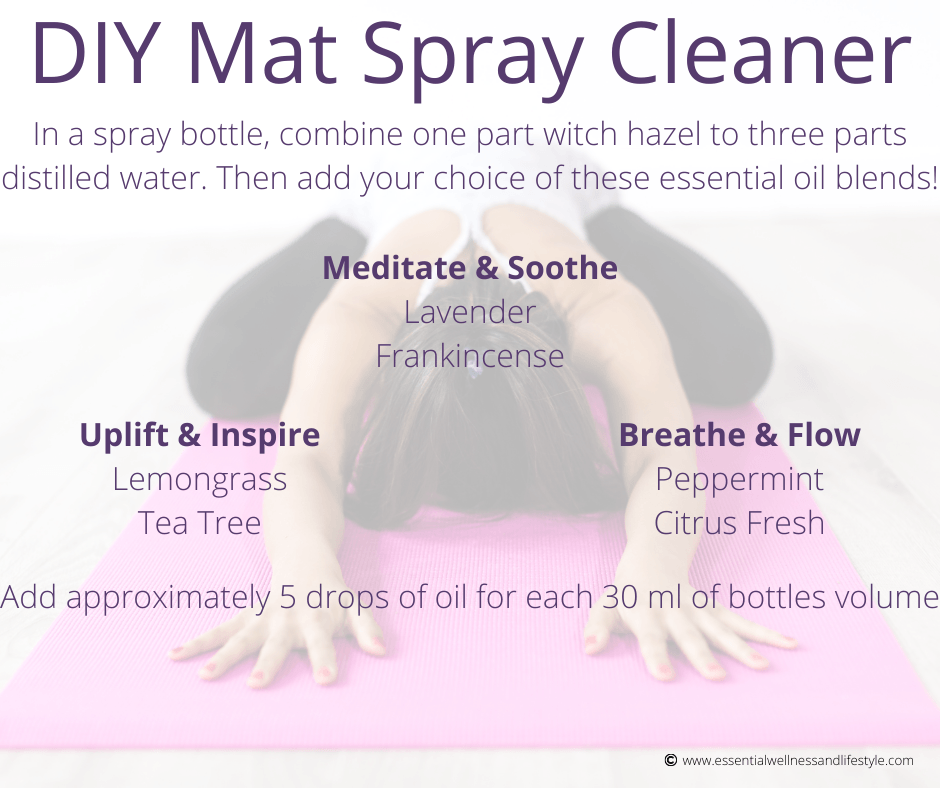
Do you get to a point where you mat starts to feel a little gross? Smells a bit funny? It’s always nice to have a clean mat, but I’m not a fan of chaturanga - ing into chemical cleaner smells. I don’t think Dettol or Clorox are Sanskrit words!
If you can’t bring a diffuser to class, you can customise the scent to have your mat fresh and ready for your next session! Just spray your mat as generously as you would like and wipe down with a clean cloth. You can also give a fine misting to refresh just before you start.
Another great spray is 5 drops Purification and 5 drops Tea Tree in a 60 ml spray bottle. Fill the bottle with water and shake well before using.
Try adding a 1/4 teaspoon of Thieves Household Cleaner to any of these mixes for an extra boost of cleaning power! Or another great option is to use the Thieves Spray. It is a convenient and portable plant-based essential oil spray ideal for cleaning surfaces. It is the perfect size to throw in your yoga bag.
Mat Diffuser Spray:
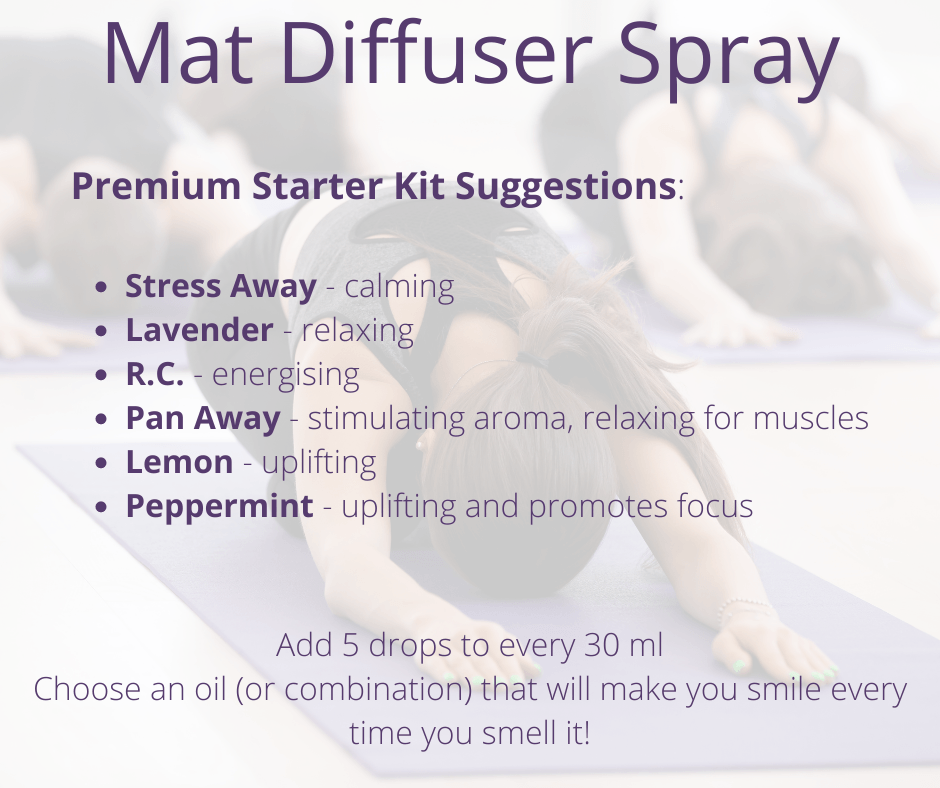
Follow these awesome DIY recipes to make an all-natural spray to refresh your mat or yogitoes (yogitoes is a type of towel for your mat, in case you have no idea what I’m talking about!)
Enjoy the aroma each time your nose gets near your chosen spray!
- You can add 10 drops to every 60 ml
- Choose an oil (or combination) that will make you smile every time you smell it!
Premium Starter Kit Suggestions:
- Stress Away - calming
- Lavender - relaxing
- R.C. - energising
- PanAway - stimulating aroma, relaxing for the muscles
- Lemon - uplifting
- Peppermint - uplifting and promotes focus
Yoga Diffuser Blends
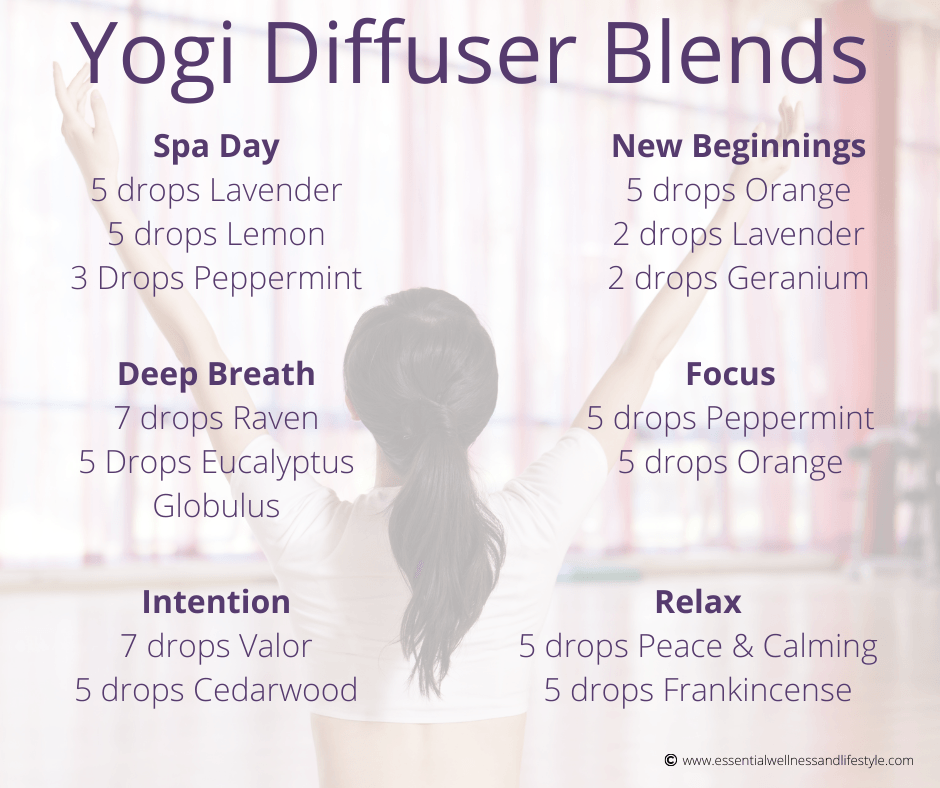
As we are doing more classes at home now, you can use your diffuser to set the tone for your online class and home practice. Maybe you are joining a Zoom class such as the ones I’ll be commencing shortly, or maybe you’re practicing on your own and just need that extra boost of zen for your flow, or yin, or restorative class.
Try one of these blends to set the mood and to give your prana some power!
Set your intention:
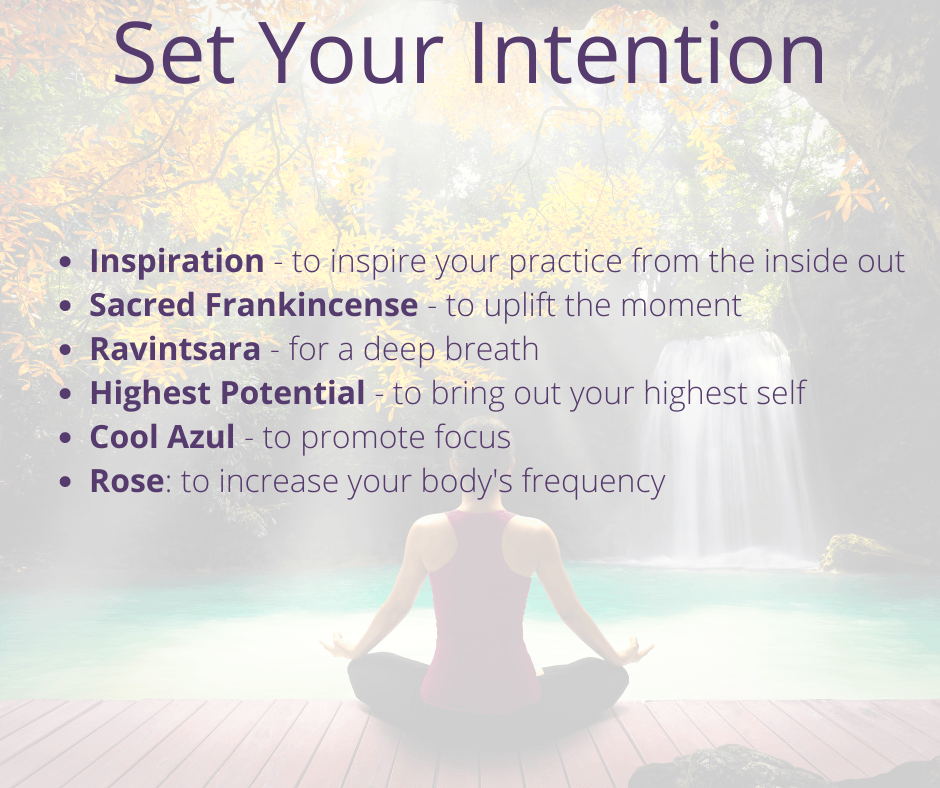
Using the oils during your practice will enhance your time on the mat. The oils will help you reach the mental or physical state you want. Diffuse with intention: Use your diffuser and fill it with the oil or oils that will inspire you on the mat.
Here are some more of my favourite Yoga practice oils to diffuse:
- Inspiration: to inspire your practice from the inside out
- Sacred Frankincense: to uplift the moment
- Ravintsara: for a deep breath
- Highest Potential: to bring out your highest self
- Cool Azul: to promote focus
- Rose: to increase your body’s frequency
Yogi Roller Blends
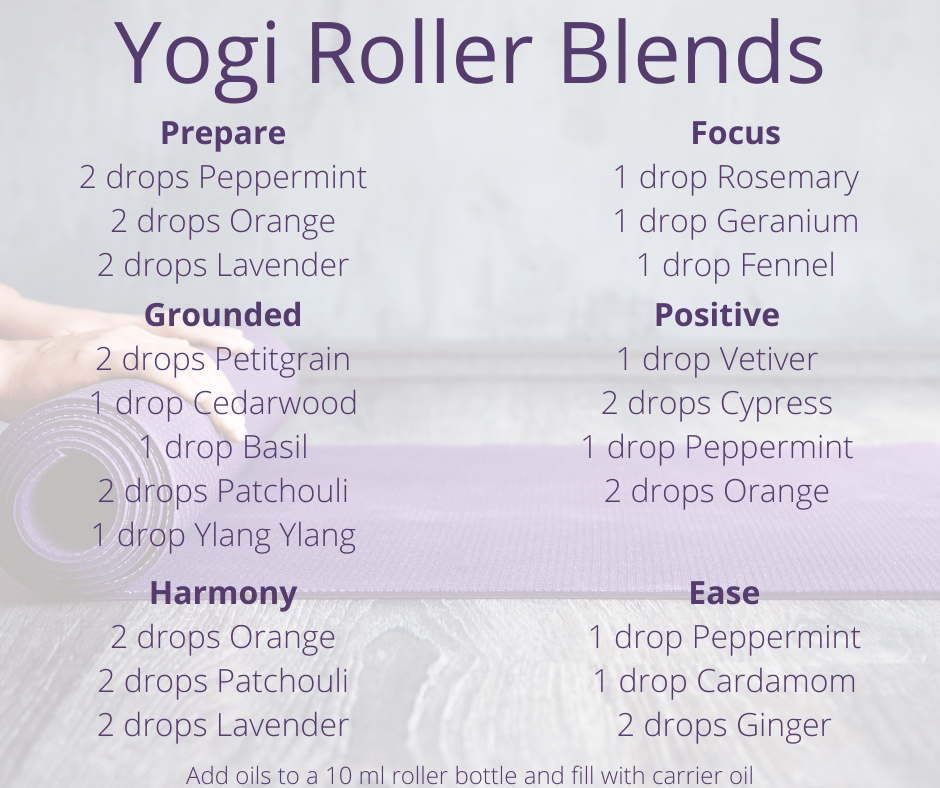
These blends that can be made up in 10 ml roller bottles are perfect to apply at different stages during your practice. From preparing and grounding you at the beginning, to providing harmony and focus as you move into more difficult or longer held poses, to helping you remain positive and at ease at the end of your practice, these blends will enhance your practice and heighten your awareness both mentally and physically during your practice.
Yogi Room Sprays

Here are a couple of great room sprays to set the mood you need for your yoga practice. But don’t just keep these for yoga, they are great room sprays to use any time. Simply add the oils to a 60 ml fine mist spray bottle and top with distilled water.
Four Oils for Yoga

Here’s a great 15 minute practice, perfect for starting your day.
- first. cover your shoulders and chest with White Angelica to protect you throughout the practice.
- next apply Cedarwood to the base of your spine and complete 2 sun salutations, and Warrior I and Warrior II on both sides. The grounding aroma can help you to sink more deeply into the postures.
- then apply Peppermint to the belly and complete a simple seated twist. If peppermint is too strong for you, remember to dilute it with a vegetable based carrier oil first.
- next, apply Jasmine to the heart and gently tap on the sternum The floral, sweet aroma of jasmine promotes self love
- finish with some more White Angelica in savasana. Your whole day will be started and empowered with 15 minutes of movement and breath!
Give it a try and let me know what you think
Post-Flow Recovery
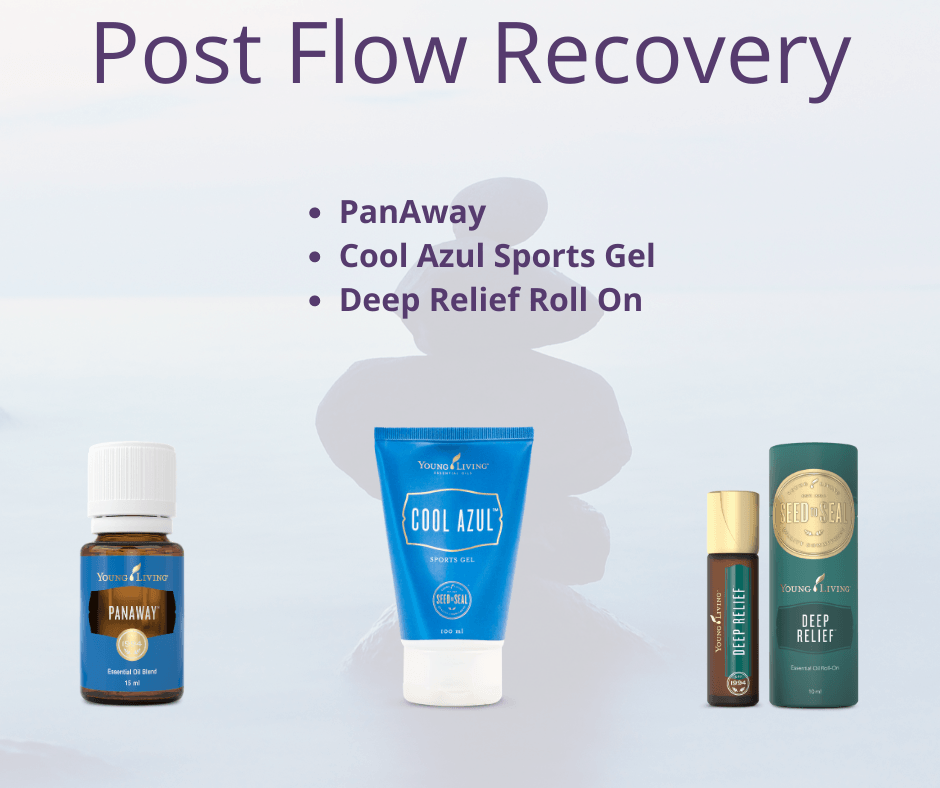
We know that you are bound to have some sore muscles after an intense yoga practice, or if it’s been a while in between practices. Here are some natural options that work to soothe muscles and joints.
PanAway: a blend of essential oils perfect to soothe sore muscles AND it comes in the Premium Starter Kit.
Cool Azul Sports Gel: great for before and after physical activity. Formulated with two powerful, synergistic active ingredients, methyl salicylate found in Wintergreen and natural menthol found in Peppermint. I encourage you to research the benefits of these two oils. This gel also hydrates your skin with a topical cooling gel
Deep Relief Roll On: Roll on this cooling blend to muscles and joints for quick on the go relief
Disclaimer:
As you are introducing yourselves, let me give you a quick disclaimer. I am not a doctor or a medical professional, I am not diagnosing or making claims during or in relation to this class. I have just fallen head over heels with essential oils and enjoy sharing my experiences with others. I simply feel we all need some oils in our lives!
The information shared in this class is not intended to treat, cure or diagnose any illness, nor is it meant to replace professional medical attention or advice. Any advice or testimonies provided are all based on the use of the Young Living brand of essential oils specifically. The use and application of this information is done solely at your own risk.
Statements made are not evaluated by the Therapeutic Drugs Association (Australia) or the Food and Drug Association (USA). Products recommended are not intended to diagnose, treat, cure or prevent any disease. So let’s get going!
If you found this useful and would like to purchase your essential oils please contact me
If you would like more information on beginning your toxic-free wellness journey click here
For more information on the benefits of specific essential oils, please do a search on PubMed
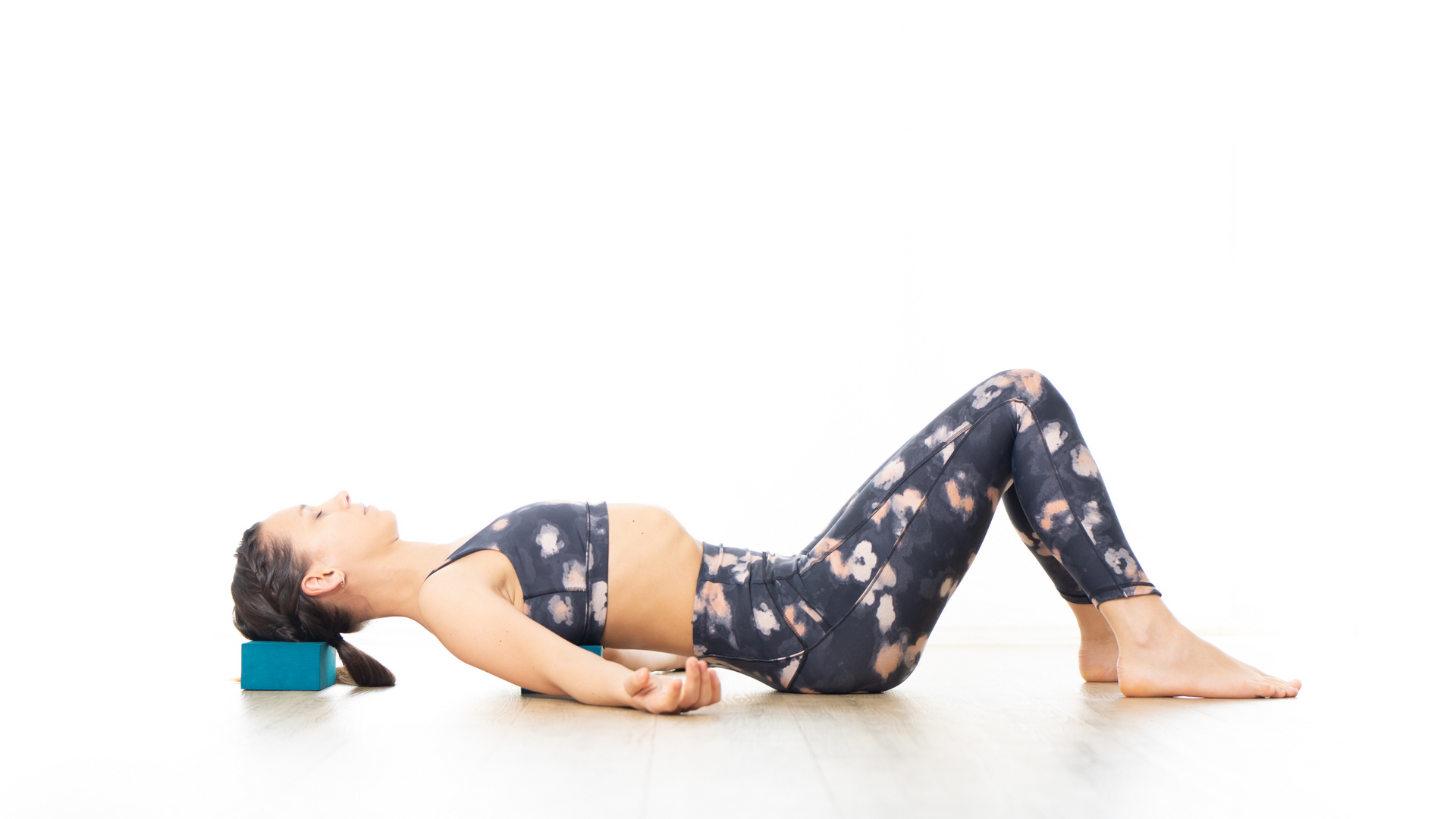
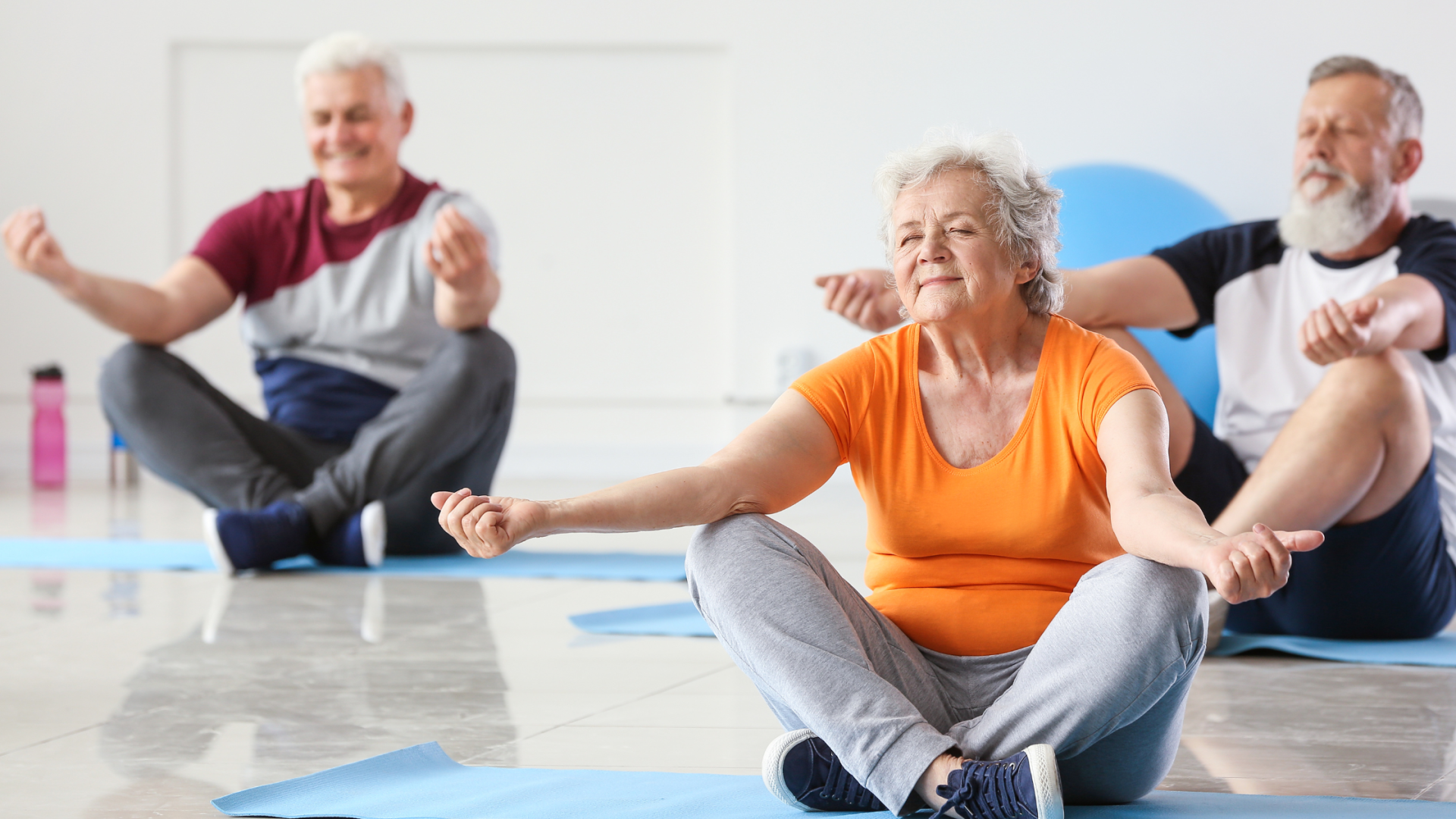
Join our mailing list for news and updates.

